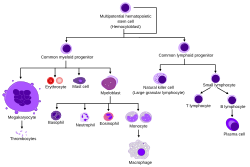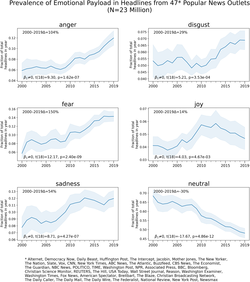This article has multiple issues. Please help improve it or discuss these issues on the talk page . (Learn how and when to remove these messages)
|
It has been suggested that this article be split out into articles titled April–June 2022 in science , July–September 2022 in science and October–December 2022 in science . (Discuss) (September 2025) |
| List of years in science |
|---|
| (table) |
Contents
- Events
- January
- February
- March
- April
- May
- June
- July
- August
- September
- October
- November
- December
- Awards
- Deaths
- See also
- References
- External links
| 2022 in science |
|---|
| Fields |
| Technology |
| Social sciences |
| Paleontology |
| Extraterrestrial environment |
| Terrestrial environment |
| Other/related |
The following scientific events occurred in 2022 .






































